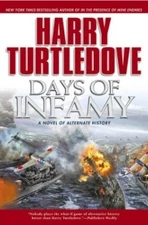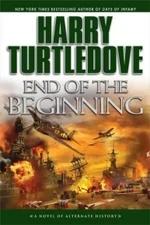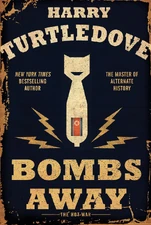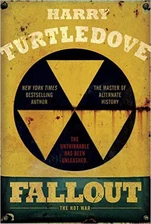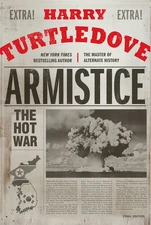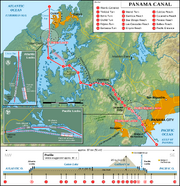
The Panama Canal (Spanish: Canal de Panamá) is a 77 km (48 mi) ship canal in Panama that joins the Atlantic Ocean and the Pacific Ocean and is a key conduit for international maritime trade. Built from 1904 to 1914 with the support of U.S. President Theodore Roosevelt (who helped secure Panama's independence from Colombia in the process), annual traffic has risen from about 1000 ships in the canal's early days to 14,702 vessels in 2008, measuring a total 309.6 million tons. In total over 815,000 vessels have passed through the canal. It has been named one of the seven modern wonders of the world by the American Society of Civil Engineers.
The surrounding land, called the Canal Zone, was declared by a treaty to be a United States colony until 31 December 1999, when the treaty expired and the land became part of Panama.
Panama Canal in Days of Infamy[]
The Panama Canal was a high priority for the Japanese H8K's for reconnaissance. As the majority of US ship building docks were located on the east coast of the US mainland, they had to use the canal to move their aircraft carriers from the Atlantic to the Pacific.
However, the aggressive patrolling of the US in the Panama region made reconnaissance in that area impossible for the Japanese.[1]
Panama Canal in The Hot War[]
In April 1951, during World War III, the Soviet Union smuggled an atomic bomb aboard a Greek-listed freighter. While the ship was searched by geiger-counter, its cargo of jute and marble effectively hid the bomb from detection. It was also suspected that the Soviets had used lead sheeting to hide the bomb. The bomb was detonated at the Gatun Locks, by the Caribbean end of the Panama Canal. If the damage could be repaired, it would take years.[2]
The Soviets launched a similar attack on the Suez Canal concurrent with the Panama attack.[3]
Panama Canal in Southern Victory[]
During the late 19th century, various nations proposed building a canal through one of the Central American nations to ease maritime transport. However, the two main candidates to build the canal were the United States and the Confederate States, each of which was vehemently opposed to the other's being the builder. Whenever one of these two would get close to making an agreement with a Central American state, the other would threaten war.[4] In one such example, in 1894 a Confederate-Nicaraguan treaty was thwarted by US President Alfred Thayer Mahan's ultimatum.[5]
During the Great War and the Second Great War, any ship traveling from one side of the Americas to the other, had to sail around Cape Horn at the southern tip of Argentina and Chile, as there was simply no alternative. By 1945, after the Confederate States had been disbanded as a nation, the possibility existed for the first time that the United States might be able to fulfill the decades-old pipe dream of building a Central American canal. However, given all the other problems they had to deal with in the post-war world, it seemed highly unlikely that such would happen any time soon.
References[]
- ↑ Days of Infamy, pg. 343.
- ↑ Bombs Away, pgs. 291-292, ebook.
- ↑ Ibid., pg. 294.
- ↑ Return Engagement, pg. 217, hc.
- ↑ Walk in Hell pg. 550.
| |||||||||||||||||
| |||||||||||||||||||||
